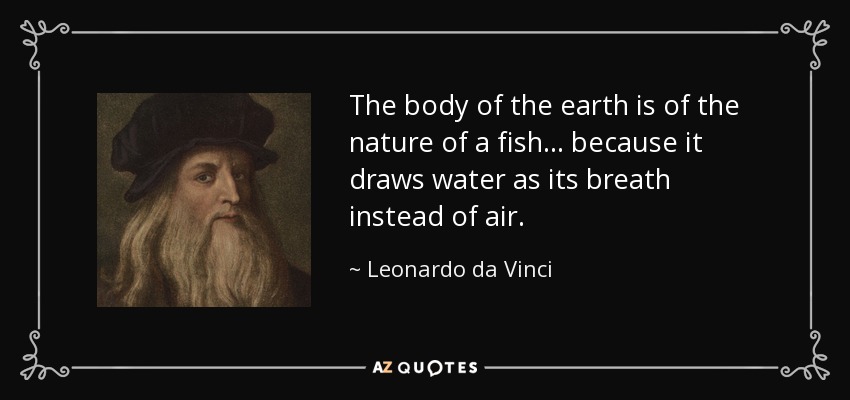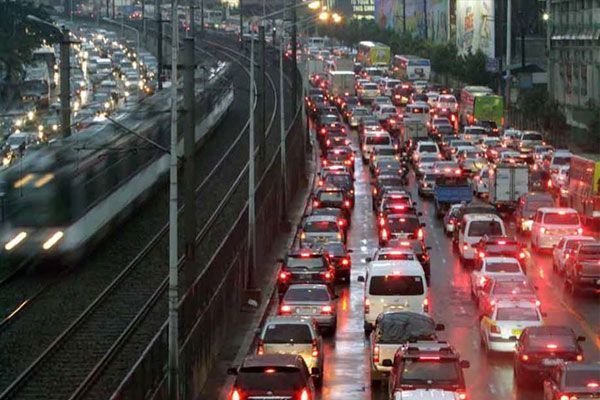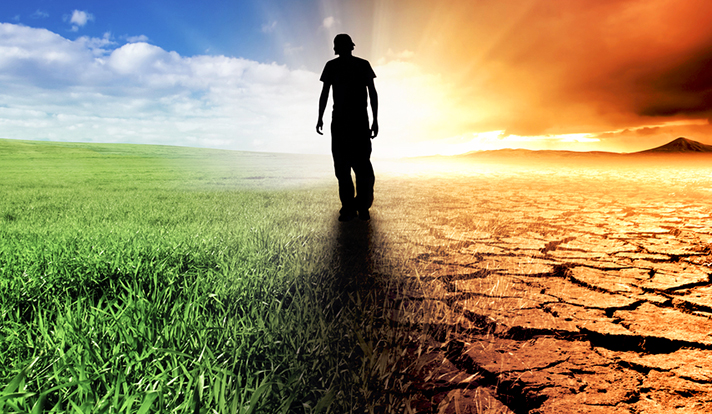Blogs

The human body consists of about 75% water. It circulates through our body as it transports, dissolves, replenishes nutrients and organic matter, regulates biological activities as well as carries away waste material. This manifests the vital role that water plays in our human existence. In the same way, the Earth is made up of two thirds of its surface covered by water. It is the blood that courses through the Earth’s veins. Our very planet would not be able to breed life without it but as of recent, we have been facing a critical environmental issue: water shortage. This miracle of life has been greatly experiencing exploitation, mistreatment, and contamination due to our reckless actions. In relation to this, water is also one of the biggest victims of climate change. Climate change is the virus that infects the whole of the Earth, rendering it from its ideal conditions. In the simplest sense, climate change is the abrupt increase in temperatures. The source of the virus? Humans. It has been recognized by numerous scientists that the biggest contributor of climate change is human activity. With the challenge of population growth, it is important to examine how individuals affect the future of our water and climate change.
The situation on climate change and water shortage.

We endlessly hear people complain about the state of the environment especially now that we are realizing how bad our actions have caused it to deteriorate. In the Philippines, traffic has been a great issue. According to CNN, “Metro Manila, on an urban level, was named as having the "worst traffic on Earth," based on a global evaluation conducted by Waze, a GPS-based navigation app.” People complain of the number of hours wasted because of how long they spend on the streets but we seldom hear of people complain of the effects that all of these vehicles cause to the environment. We no longer see white clear skies but rather we see dark cloudy skies, we no longer breathe crisp fresh air but rather we breathe defiled clouds of smoke. In fact, according to World Health Organization, 92% of the air we breathe is polluted which can contribute to lung cancer, heart disease, and strokes. We seek convenience but all of these might slip right through our fingers when we see the day that the Earth will self-destruct from the reckless deeds that we do every day. With the help of the simulations, I was given a sense of urgency that my actions, no matter how small, does contribute to climate change and water shortage.
There is a significant relationship among water, energy, agriculture and climate that cannot be separated from one or the other. Though as each day passes, more and more that relationship is falling out of balance jeopardizing food, water and energy security. There is no harmony among these factors anymore because we neglect the needs of the Earth. So with this knowledge, I am compelled to take a pledge. A pledge that I will carry on for the rest of my life. I will be more conscious. I will take up my responsibility as a steward of Mother Earth. I will concretely take action each and every day of my life. I cannot wait for another person to drastically make a change in the world overnight, I have to find it in myself to take action one small step at a time. With my two hands, I have the power to make a difference in this world: the power to plant, recycle, and conserve. The Water Footprint Calculator and Climate Challenge has given me a taste of reality in relation to what I need to do as a wanderer of this planet. I feel that being part of the Advanced Environmental Education class has been helping me become more attentive of my actions and more conscious of the role that Earth has in my life. Slowly, I am developing a deeper and more nurturing relationship with Mother Earth.
The greatest contributor of the water footprint in my household is diet where in it takes up 1,534 gallons per day. This is followed by shopping habits with 291 gallons per day and bathroom sink with 99 gallons per day. Each week that adds up to 14,525 per person and 88,277 gallons for the entire household. For an entire year, that is 4,603,015 gallons. Indigent people residing in Africa get along with just at least 5 gallons of water per day. That is only a fraction of what I use in one day. I cannot imagine how difficult it must be for some people who do not have access to clean water to live normally each day. It goes to show that we take for granted the resources available to us within reach. Moreover, the water available on Earth is composed of only 3% freshwater reservoirs compared to the 97% saline water. The freshwater that we acquire comes from the continuous movement of water from ocean to air and land then back again, this is called the water cycle. However, with climate change the rate of the water cycle has been rapidly increasing which means that we cannot contain and use water within a longer period of time. In addition, rising temperatures are melting glacial ice at an unprecedented rate. These alarming numbers and factors further strengthens the need to conserve water. The relationship between climate change and water is not limited with those factors. In order to treat and move public water supplies, the systems require large amounts of energy, produced mainly by burning coal, natural gas, oil and other fossil fuels. So in the instance when we use water we also use energy thus contributing to climate change. Not only that but we also constantly use bottled water which is a small but real contributor to greenhouse gas emissions. In the same way, fuel is needed to make plastic bottles and distribute them around the country (and even the world). This is unnecessary when you considering that bottled water is often just filtered tap water.
Our call to action.
With all these in mind, we cannot question the importance of water in our lives as well as the effect that climate change has on our water resources. If we recall, civilizations began where water was abundant. It has shaped our landscape and the physical and cultural environment. Every drip that we use, every sip that we take, every blow of carbon, we can all agree on one thing: we are experiencing climate change and water shortage. There is no need for us to shout to the heavens that this is in fact true. We see the destruction of Mother Earth, we hear her pleas, we feel the adverse effects of our actions, we taste the its bitter wrath, we smell the pungent scent of pollution. Let us liken the Earth as a human being. Right now, it needs our help. We need to cure our planet from our destructive ways and restore it to its optimum well-being. Tick, tock, tick, tock; her time is running out. She needs the cure as soon as we can give it to her. We do not have the luxury to waste one more moment hearing her wheezing breath, the time is now. We are equipped with the resources and knowledge that we need in order to change the course of the Earth. The only thing that we need is everyone’s participation in a project that can potentially save us from destructing the environment and letting the future generations experience the wonders of the planet.

There are two sides to this image, which one will you take?
Post comment
1 Comment(s)
Hey Kelsea! You do a really great job of conveying a sense of urgency with your blog. I liked where you were able to highlight the disparity in water usage and how much more is used than necessary as evidenced by a long history of less water usage until recently. Based on the simulation did you come up with any specific changes that you yourself can make or suggest to those around you? Thanks for your post!
Sam

Sam Karras
Oct 11, 2016